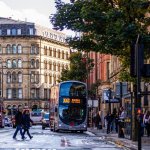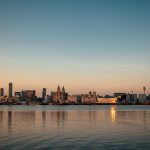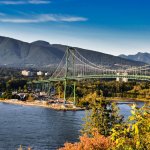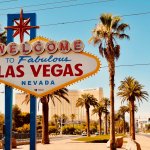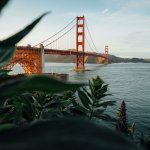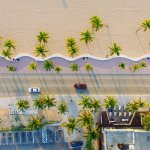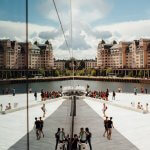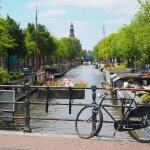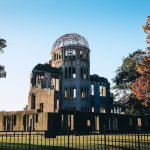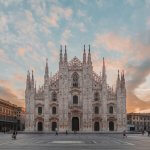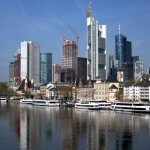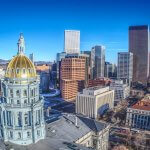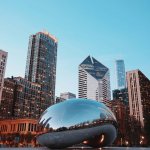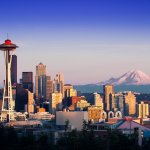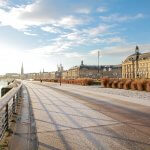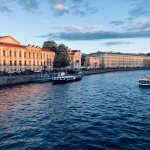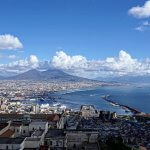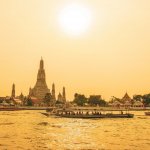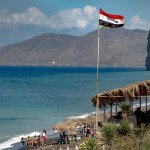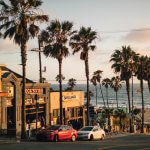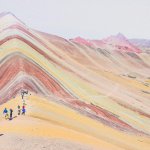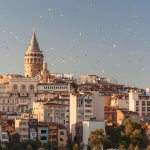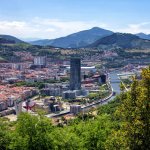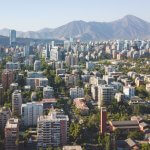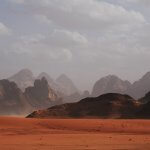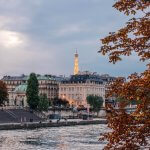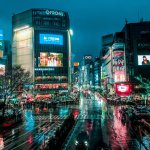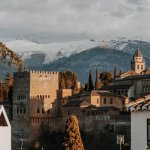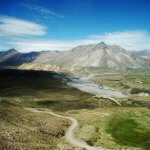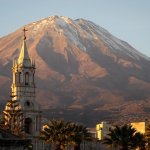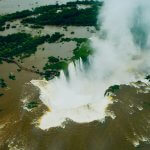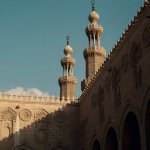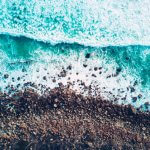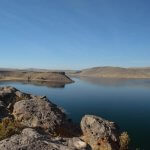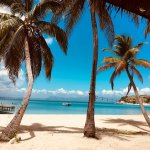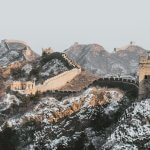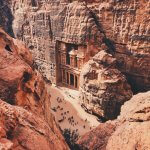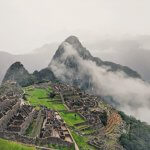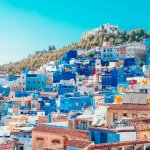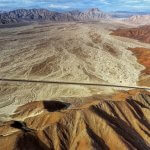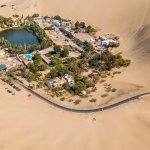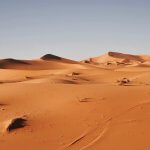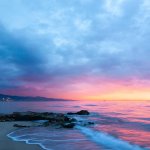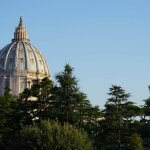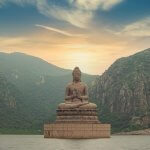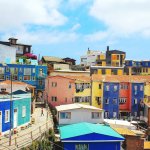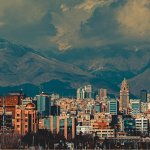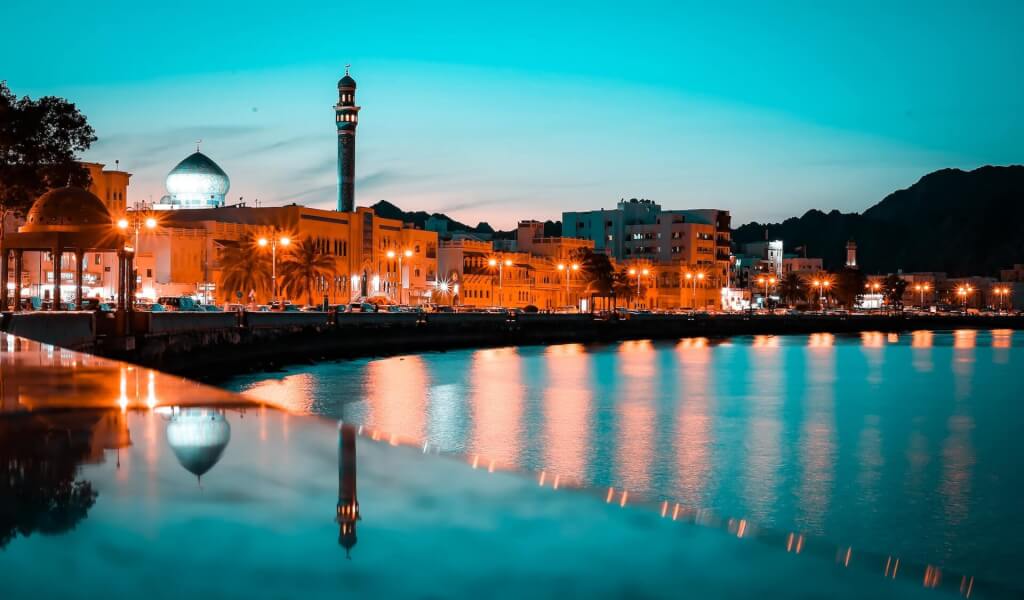
Oman is a travel destination that positively surprises me. First of all, for the friendliness and good disposition of its people, always ready to help with a smile on their face. Then, for some of the places I had the opportunity to visit in Oman. And the best thing is that (still) there is little tourism.
Thinking about approaching the main attractions of the country, we made this article.
Good Reading!
What To Do In Oman
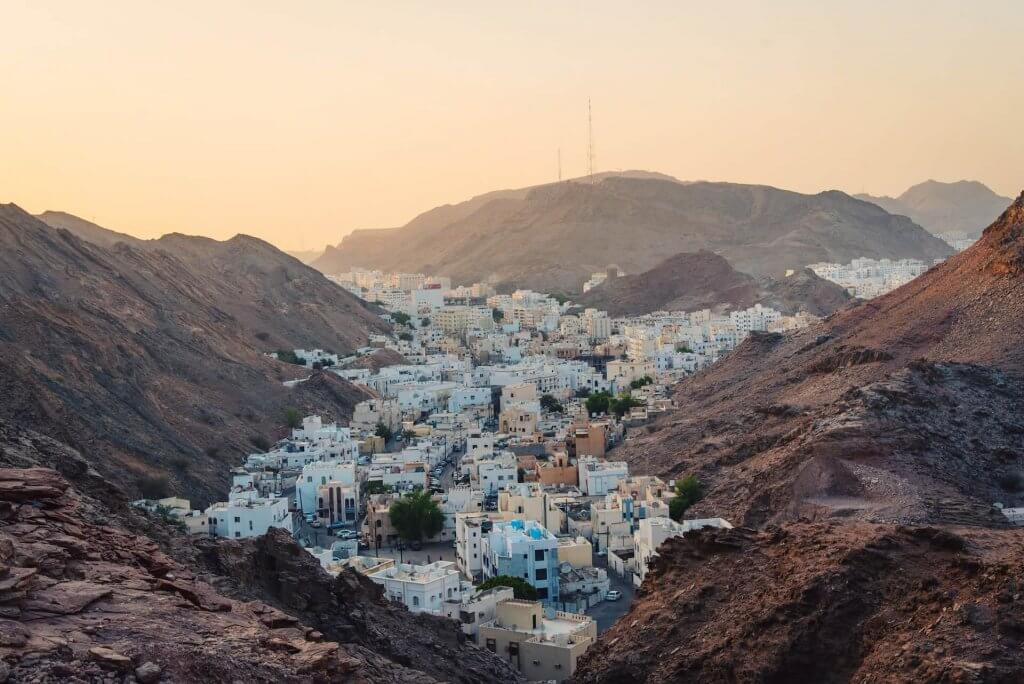
Now we will talk about the main attractions of the country:
- Musandam Fjords;
- Khasab Fort;
- Nizwa goat market;
- Wadi Shab;
- Bimmah Sinkhole;
- Quryat;
- Wadi Bani Khalid;
- Souk Mutrah in Muscat;
- Sultan Qaboos Mosque in Muscat;
- Dhow boat factory in Sur.
Musandam Fjords
A dhow cruise through the Khor Sham fjord, which they call “Norway of the Arabians”, is without a doubt the most attractive activity you can do in Khasab. It is also the most popular with tourists, whether they are Dubai residents or independent travellers.
Khasab Fort
As part of the attempt to dominate the Strait of Hormuz, Portuguese forces colonized Khasab and built a fort in the early 17th century. The fortress is located practically opposite the imposing Lulu hypermarket, which currently dominates the landscape of the Khasab harbor area. It’s worth visiting.
Nizwa goat market
Visually, the goat market explains itself in a nutshell. In the middle of a dirt field, there is a covered bandstand-like circle. Around him, hundreds of men stand, leaving a circular corridor – like a model runway – through which vendors display the goats. And potential buyers can’t take their eyes off the animals.
Wadi Shab
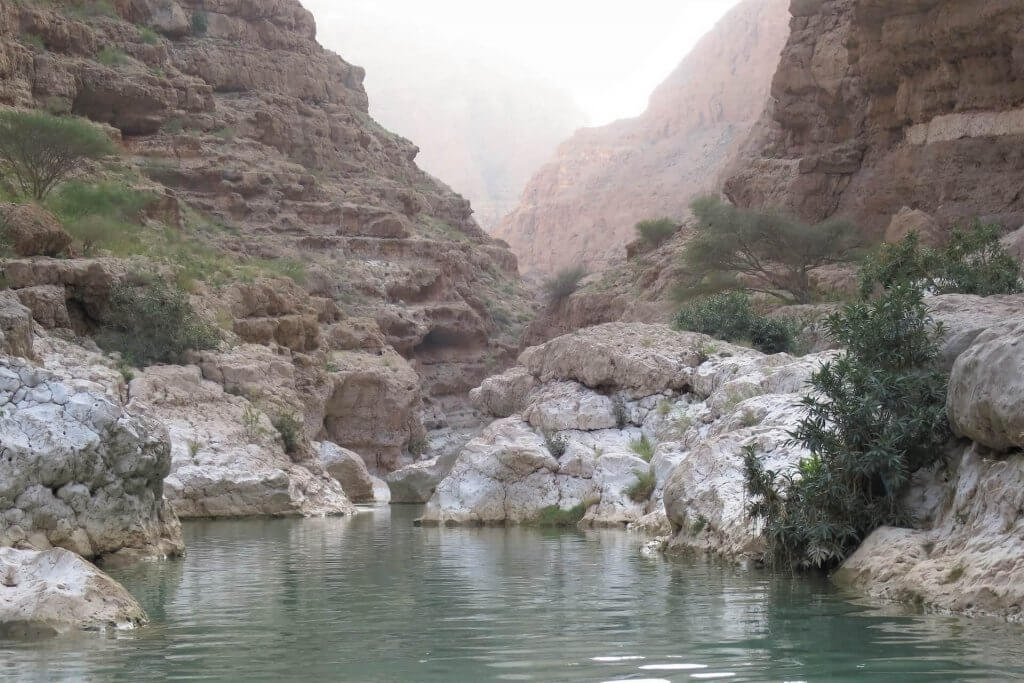
The word wadi means valley. But the term is often used to indicate the dry bed of a river, generally between escarpments, in which the waters flow only in the rainy season. Now, in Oman there are some wadis that never run out of water during the year; this is the case of Wadi Shab.
Bimmah Sinkhole
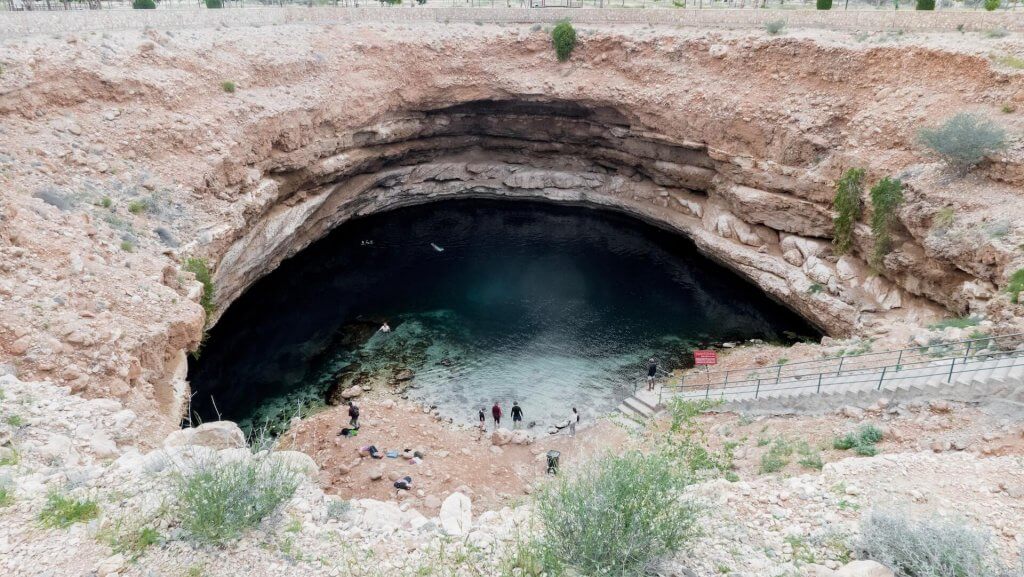
The Bimmah Sinkhole is a geological depression formed due to the collapse of underground limestone layers. The quasi-circle will be no more than 50 or 60 meters in diameter; but it is said that the depth of the waters reaches 20 meters. And it’s fantastic for swimming. The most curious thing is that the small lake with greenish waters is located just over half a kilometer from the sea.
Quryat
Quryat’s big “attraction” is its recently restored Omani fort. Like other forts and castles I visited in Oman, it seemed to me to be over-restored, with a plastic and untraditional air. Maybe that’s why I chose not to enter the fort.
Wadi Bani Khalid
Bathing in Wadi Bani Khalid was another of the must do things in Oman. After taking a winding road through the Jebel Khadar mountains, crossing some small traditional villages, the asphalt ends in a small car park. Leave the car and walk about five minutes along an irrigation canal, until the wadi appeared before your eyes.
Souk Mutrah in Muscat
One of the most interesting souks in Oman is Mutrah, located in the old part of the capital Muscat. Discounting some harassment from vendors, trying to attract the attention of the few tourists to men’s dishdasha, t-shirts or trinkets, walking through the alleys of Souk Mutrah is an attractive activity. Even if you don’t want to buy anything!
Sultan Qaboos Mosque in Muscat

Oman is a mostly Islamic country. Thus, it is necessary to visit the temples of the country to know it. The mosques are beautiful and very popular. One of the main ones is the Sultan Qaboos Mosque. Don’t forget to visit it.
Dhow boat factory in Sur
Building dhow boats in the traditional way is an endangered art. Sur is, in fact, the only place in Oman where wooden dhow boats are still produced. Currently, most boats are made of fiberglass and the few that are made in Sur go directly abroad. Visit while you can.
Therefore, Oman offers several attractions. And you, what are you waiting for to visit this little-visited country on the Arabian Peninsula?
Here you will find some accommodations with promotions! Enjoy!
